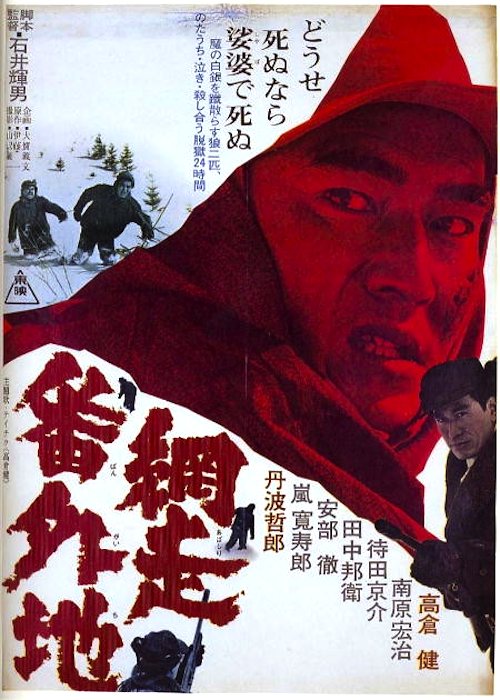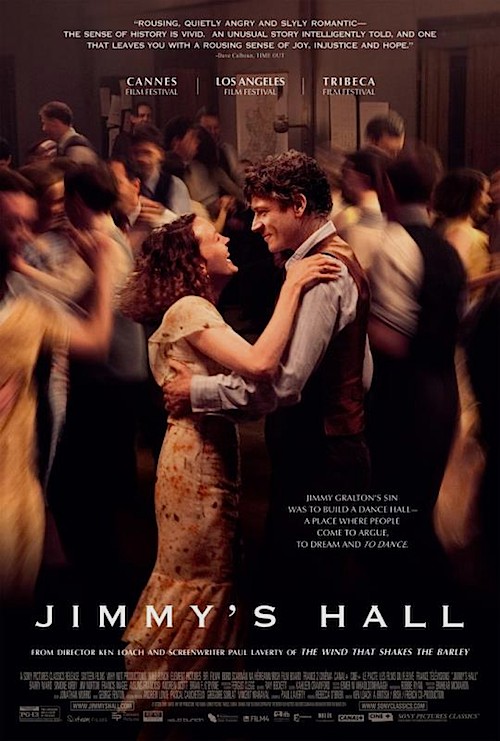By Joe Bendel. This is not your father’s dystopian rap musical. If you had ever wondered what The Warriors or Wild Style would have been like if Sion Sono had made them, well friend, wonder no longer. Control over the streets of a near future Tokyo is divided between a number of gangs or tribes. Kai’s Musashino Saru tribe is super-chill and peace-loving. Lord Buppa’s Bukuro Wu-Ronz is belligerent, Satanic, and cannibalistic. That pretty much guarantees conflict in Sono’s Tokyo Tribe, which screens as part of the 2015 New York Asian Film Festival.
Buckle up sports fans, MC Sho will be our rapping guide through this dystopian jungle. He quickly introduces us to the various gangs on what seems to be an average night. However, amongst this night’s batch of prospective sex slaves (or human furniture) picked up by the Bukuro lackeys is Sunmi. This woman can fight. So can the ten year-old Yon, her self-appointed break-dancing protector. She also happens to be the daughter of Lord Buppa’s ally, the malevolent High Priest, who had been saving her and her virginity for a human sacrifice. Therefore, it is imperative Bukuro Wu-Ronz recapture her when she inevitably escapes.
 As it happens, Mera, Buppa’s favorite lieutenant is also launching a long planned sneak attack against the other gangs for control of the city. With Sunmi’s help, Kai must unify the rival tribes against Buppa’s secret shock troops, the Waru, all while maintaining a steady stream of rhyme.
As it happens, Mera, Buppa’s favorite lieutenant is also launching a long planned sneak attack against the other gangs for control of the city. With Sunmi’s help, Kai must unify the rival tribes against Buppa’s secret shock troops, the Waru, all while maintaining a steady stream of rhyme.
Tokyo Tribes is technically based on Santa Inoue’s manga, but it is its own bizarre Sion Sono animal. There are elements of Why Don’t You Play in Hell and Bad Film, but Sono cranks up the lurid Pink exploitation elements right from the start. Frankly, he is just begging for a professionally outraged feminist’s apoplexy, so it would be foolish to fall into his trap. Transgressive violence simply cannot get anymore cartoonish, over-the-top, candy-colored, and defiantly silly.
Frankly, the best comparison for Tribe might actually be Bollywood at its trippiest, because it is a genuine spectacle. We are talking massive street fighting, with all sorts of crazy costumes and lethal hardware. Much of the cast hams it up relentlessly, just to avoid drowning in the madness. However, Nana Seino displays considerable poise and impressive action chops as the quiet but resourceful Sunmi. NYAFF special guest Shota Sometani is also quite an effective rapping Rod Serling as MC Sho. As Lord Buppa and the blond-and-bronzed Mera, Riki Takeuchi and Ryohei Suzuki absolutely gorge on the scenery, understanding a Sono film is not the place act all twee and mannered.
Even by Sono’s standards, Tokyo Tribe is pretty berserk, but it tries to warmly embrace the audience in its own lunatic way. It also proves once again Sono is the best in the business when it comes to staging a massive Kung Fu street war. Unmissable for his fans and a heck of a baptism-of-fire for newcomers, Tokyo Tribe screens on the Fourth of July at the Walter Reade and on Saturday the 11th at the SVA, as part of this year’s NYAFF.
LFM GRADE: B+
Posted on July 3rd, 2015 at 12:31am.




